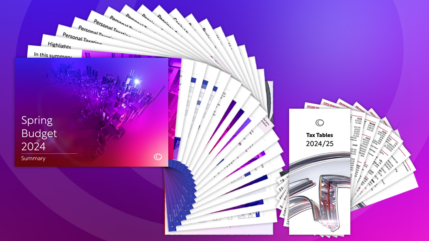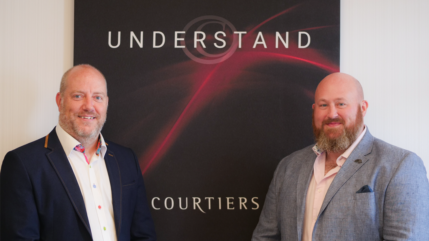With a new tax year upon us (beginning 6 April 2018), it’s important to ensure you’re making the most of your allowances. Here’s a quick year-end checklist to help.
Pension Contributions
Pensions are the most tax efficient way to save. Contributions are subject to tax relief, on the way into the pot, at an individual’s marginal rate of income tax (from at least 20% up to 45% tax relief).
Pensions can be invaluable for funding life in retirement and effective for leaving a legacy for family generations and beneficiaries. Savings can pass free of inheritance tax (IHT) to beneficiaries including lineal descendants (children, grandchildren, great-grandchildren etc).
- There’s an annual limit of £40,000 on pension contributions that qualify for tax relief, tapered down to a minimum of £10,000 if your income exceeds £150,000.
- For those already drawing a flexible income from a pension, the annual allowance has reduced to £4,000 in 2017/18 from £10,000 previously.
The end of the tax year is a crucial time to see if you could contribute more.
You don’t need to be earning to save. You can contribute up to £3,600 to a personal pension, so a pension could be set up for a partner or children. Even while they don’t pay tax, they can still benefit from 20% tax relief.
Carry it forward: unused annual allowances can be carried forward for up to three previous tax years to offset against a contribution of more than the annual limit. While there are certain rules which your adviser will explain in detail throughout the planning process, there’s a valuable opportunity to maximise the tax relief and your pension pot overall.
Individual Savings Account (ISA) Allowances
ISAs are a simple, tax efficient way to invest or save and can help maximise your funds while offering the flexibility to access money tax-free when needed.
Invest up to £20,000 tax-free in ISAs this tax year, if over the age of 18 years old*.
ISAs offer valuable protection from Income and Capital Gains Tax, and those who use their ISAs as part of their income strategy avoid the need to declare these withdrawals on their self-assessment returns.
Use it or lose it: if you do not use your allowance by 5 April 2018, this allowance disappears and cannot be reclaimed.
*16 and 17-year olds can open a cash ISA, but the rules prevent parents opening an ISA for their children. Parents and others can contribute to a Junior ISA for children up to 18 who do not have a child trust fund. The contribution limit is £4,128 and the funds are locked in until the child is 18.
Capital Gains Tax (CGT) Allowance
In the 2017/18 tax year, individuals have an annual CGT exempt amount which makes the first £11,300 of gains tax-free.
- Most gains above the exempt amount are taxed at 10% where taxable gains and income are less than the basic rate limit of £33,500 in 2017/18.
- The rate is 20% on gains that exceed this limit.
- For residential property gains, the rates of tax are higher at 18% and 28%.
Depending on your level of income, timing your disposals either before or after the end of the tax year could result in more of your gains being taxed at 10% rather than at 20%.
Use it or lose it: you cannot carry this allowance forward so where possible, use it by realising gains.
Inheritance Tax (IHT) Planning.
While most IHT planning does not relate to the tax year end, a number of reliefs and exemptions do:
- Gifts totaling £3,000 in a tax year are exempt from IHT. Carry it forward: if you made no gifts to use this exemption in 2016/17, you can make IHT-free gifts of up to £6,000 before 6 April 2018
- Small Gifts up to £250 per person per tax year to any number of individuals
- Regular gifts out of excess income can also be exempt. You will need careful documentation to prove that you make the gifts from income rather than capital.
Reminder: IHT is payable if a person’s assets at death, plus gifts made in the seven years before death, add up to more than the nil rate band, currently (and until 2020/21) £325,000. An additional nil rate band of £100,000 in 2017/18 (increasing to £125,000 in 2018/19) is available where a main residence is left to direct descendants.
Summing up
Explore and discuss options. Investing a small amount of time now could save a lot in future. End of tax year opportunities are one way to help maximise returns on your investments and can be factored into a broader strategy.
For more information and assistance, speak to your adviser.













